What Is Stevia?
Know About Stevia Sweeteners
Stevia, a plant originally from South America, has served as a natural sweetener for centuries. Today, high-purity stevia leaf extract, a zero-calorie sweetener, is used worldwide to lower sugar levels and calorie content in food and drinks. This article explores stevia, discussing its eco-friendly cultivation, how it’s processed by the body, its safety, and how it’s applied in foods and beverages to support calorie reduction. It also reviews the latest research on non-nutritive sweeteners’ role in reducing energy intake. Stevia presents itself as a valuable option for aiding in weight control efforts. Stevia is a plant-based sweetener from a species known as Stevia rebaudiana, part of the sunflower family (Asteraceae). The term “stevia” can refer to different types of sweeteners, which can sometimes be confusing. Whole plant or “raw” stevia: Also known as Stevia rebaudiana Bertoni, this form is not approved for use in the U.S. Because of worries about safety and proper oversight. After soaking the stevia plant’s leaves in water to draw out the sweet compounds. It is not purified like high-purity extracts. This version is called stevia extract. In this explanation, the term “stevia” will refer specifically to the high-purity leaf extract, the form most commonly recognized by consumers.


Is stevia bad for you or is stevia dangerous?
Stevia negative effects
Stevia side effects
Is stevia safe
Recent studies suggest that the plant-based sweetener stevia might have unfavorable effects on gut health. Many people turn to sugar alternatives to cut down on sugar intake, as consuming too much sugar can result in weight gain, increase the risk of diabetes, and trigger inflammation in the body. Because of this, researchers have long sought a substitute that mimics the taste of sugar and is safe to use. Although stevia has been regarded as a safe sugar replacement for years, this new research questions whether it could negatively impact gut health.
The team examined two types of stevia: Though stevia is generally considered a safe sugar alternative, new research highlights potential concerns. Scientists from Ben-Gurion University in Israel conducted a study, published in Molecules, which suggests stevia might negatively impact gut health. A commercial herb supplement and a purified extract. They discovered that both forms affected bacterial communication, which plays a key role in gut balance. The herb supplement disrupted this communication, while the extract showed signs of interfering with certain bacterial interactions. However, neither form of stevia was found to kill gut bacteria. Dr. Karina Golberg, the lead researcher, noted that this study is just a starting point, and more research is needed before stevia fully replaces sugar and artificial sweeteners. The team aims to continue studying stevia to better understand its effects and guide future recommendations for consumption.



How To Grow Stevia
Growing: Stevia can be grown from seeds or transplants. Start the seeds in late winter and place them in a sunny window until the frost danger has passed. Stevia thrives in moderately rich soil with compost and full sunlight. It enjoys warmth and humidity, but it needs good drainage as it doesn’t tolerate soggy soil. For container planting, ensure the pot has proper drainage. Garden Fresh stevia which I cultivate in my Indoor, is very different from what is sold in stores. This herb, native to South America, is a tender perennial with serrated leaves and is 200 times sweeter than sugar. Though it grows quickly, it’s often planted as an annual in northern regions. Stevia is easy to grow and thrives in zones 8-11. It’s also well-suited for containers, allowing it to be moved indoors during colder months. It needs full sunlight, well-draining soil, and regular watering until established, after which it becomes a low-maintenance plant.
Height: Typically 20-30 inches, but with the right care, it can grow as tall as 48-60 inches.
Fertilizer: Organic fertilizers and compost are ideal for stevia, as they release nitrogen slowly. Fertilize once in spring if planted in the ground. For potted plants, add 20-30% peat to the soil and fertilize twice a season.
Pests: Outdoor stevia plants generally don’t face major pest issues, but aphids and whiteflies can become a problem in greenhouse settings, as noted by the University of Kentucky Extension.



Way Of Harvesting and Storing Stevia
Stevia leaves can be harvested individually or by cutting the stem. It’s important to keep an eye out for flower buds and remove them, as the leaves are at their sweetest before the plant blooms and again during the cooler autumn months. When the plant starts to flower, hormonal changes can make the leaves taste slightly bitter, so pinch off any buds that appear. To store your stevia harvest for later use, you can dry the leaves or make a stevia extract. You can start picking leaves as early as July, continuing by pinching off any early flowers. The main harvest happens when the plants are fully grown and beginning to bloom, typically in late summer. Cooler weather enhances sweetness, but sugar content drops after flowering, so you’ll need to decide the best time to harvest. I usually pick mine before the cold sets in.
How to use stevia leaves?
How to use fresh stevia leaves?
How to use stevia leaves in tea?
People of the world know about the powder of stevia But many of you might not even know the uses of fresh leaves of stevia. It used to be a herb While many are turning to the highly processed white stevia powder, we’ve discovered how to effectively use fresh, home-grown stevia leaves and natural green stevia powder, full of flavour and goodness.
How do I use stevia leaves?
Tea and other beverages
I want my tea will be a little bit of a sweet kick so I add stevia leaves to it. I Put them in as a whole or pluck them in pieces. I never do overdo it though – even fresh, stevia can be quite sweet.
How do you use stevia leaves?

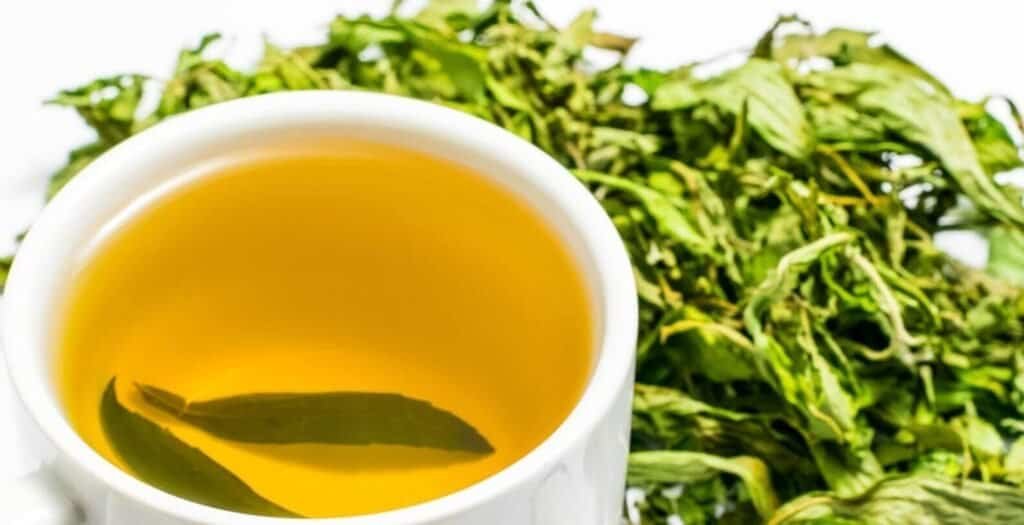

You can sweeten your tea with stevia leaves if you have access to a fresh plant or have grown your own. Using fresh stevia leaves as a natural sweetener eliminates additives and saves you money. To sweeten a cup of hot tea, pluck 1-4 small leaves from the plant and steep them in hot water along with your tea bag. After a few minutes, remove the leaves. Despite its long history of use worldwide, unrefined stevia leaves have not been approved as a food additive by the FDA. It’s always a good idea to consult your doctor before adding stevia leaves to your diet.
How To Dry Stevia Leaves Or Drying Stevia
Dried Stevia Leaves
You can dry single leaves or whole stems, but only the leaves contain the sweetness you want to retain. You can do this by hanging the stems or leaves in small bunches, like how you would dry other herbs. Alternatively, you can separate the leaves from the stems and lay them out on a non-metal screen in a well-ventilated area outdoors. A sunny day should be enough to dry them. You can also use a food dehydrator or set your oven to a low temperature, around 140°F, for about 20 minutes to achieve the same result.
dried stevia leaves Another option for drying stevia is to gather the stems into small bundles and hang them in a cool, dark area to dry. Toward the end of the growing season, it’s a good idea to harvest the entire plant for drying. It’s recommended to harvest in the morning when the sweetness is at its peak. When stored in a cool, dry environment, Stevia In The Raw can last for up to four years. While exposure to high humidity or heat may cause clumping, the product remains safe to use.
How to Make Stevia Powder


Once your stevia leaves have dried thoroughly, strip them from the stems and grind the leaves into a fine powder. You can use tools like a mortar and pestle, spice grinder, or coffee grinder for this purpose. The result is a wonderfully aromatic green powder. Natural stevia has a green colour, in contrast to the chemically processed white version you may prefer to avoid. The freshly ground powder can be used immediately or stored in a dark glass jar for later use. This ground stevia keeps well for a long time without fermenting or growing mould. Typically, 1/8 teaspoon of ground stevia is equivalent in sweetness to 1 teaspoon of sugar, but you can adjust it according to your taste. While stevia works well in recipes, it doesn’t caramelize or dissolve like sugar does. If you’re not fond of the green herbal bits in your drink or plan to bake, you might opt for stevia extract instead.
Related Post
Miltonia Orchids
Cherry Peppers
Salads Leafy Plant:
Plants Caring Tips During Winter
Stevia
Neem tree
Rosemary Plant
Tomato
Clintro/Coriander
indoor gardening ideas
Related Post
I am an experienced indoor gardener working happily
and successfully in this sector for about five years.
Thank You
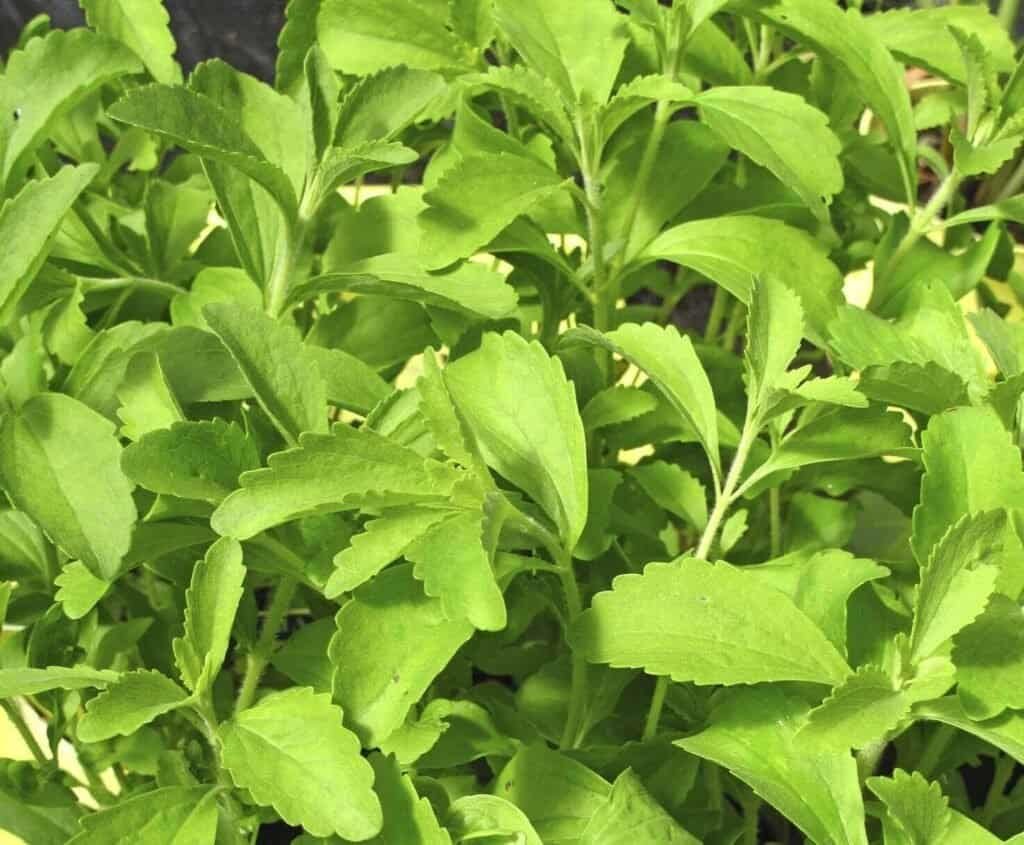
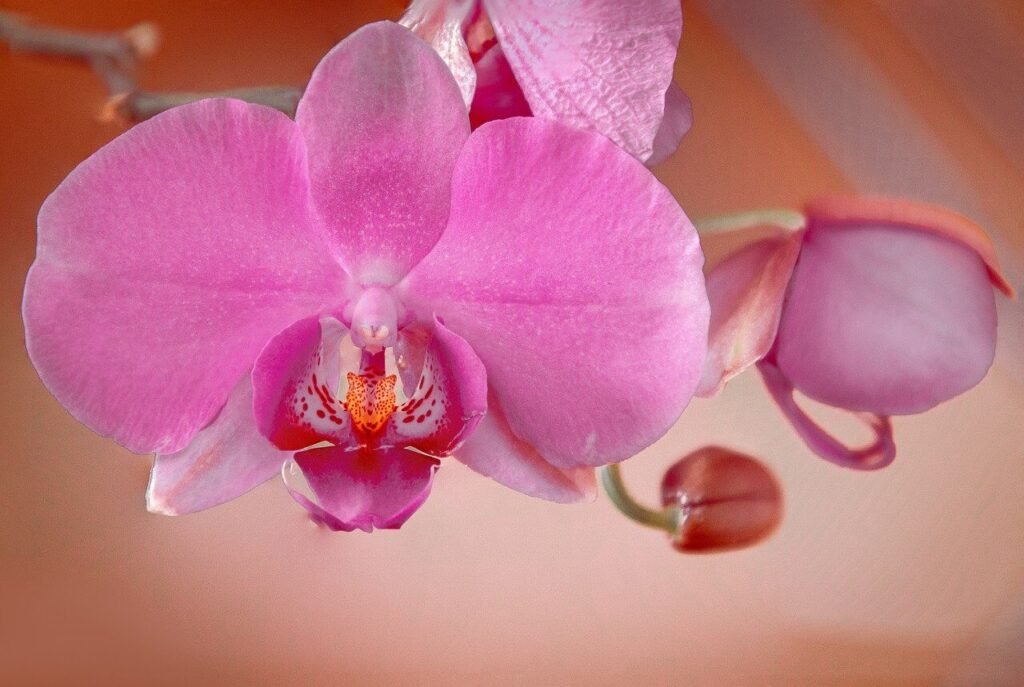




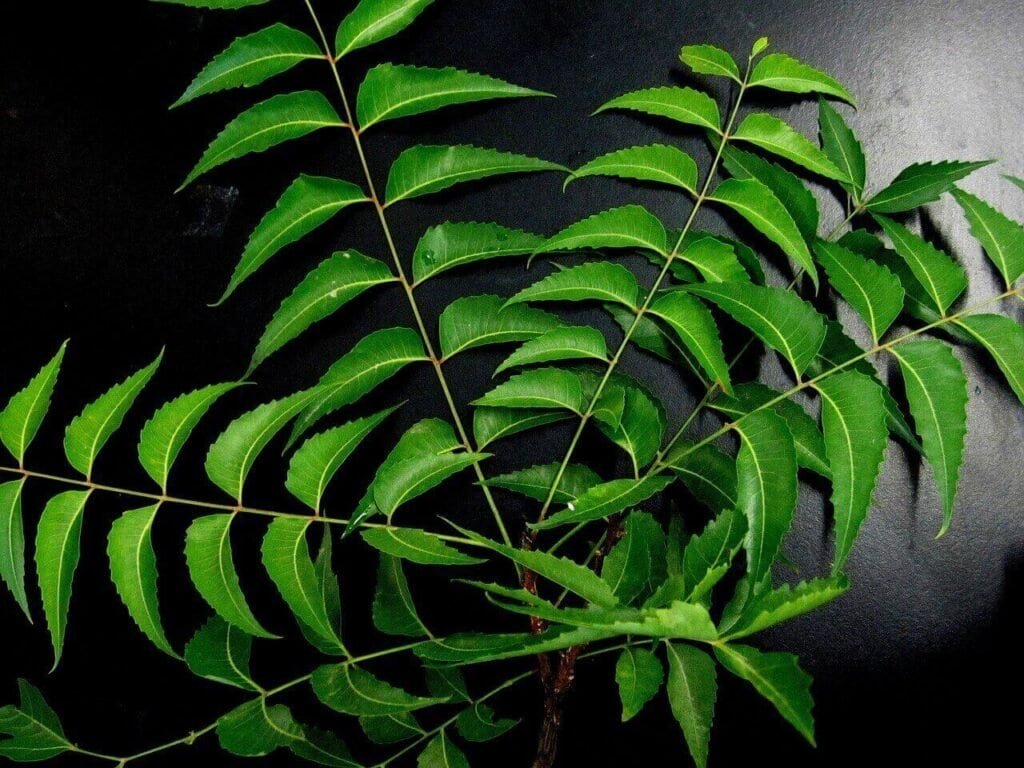

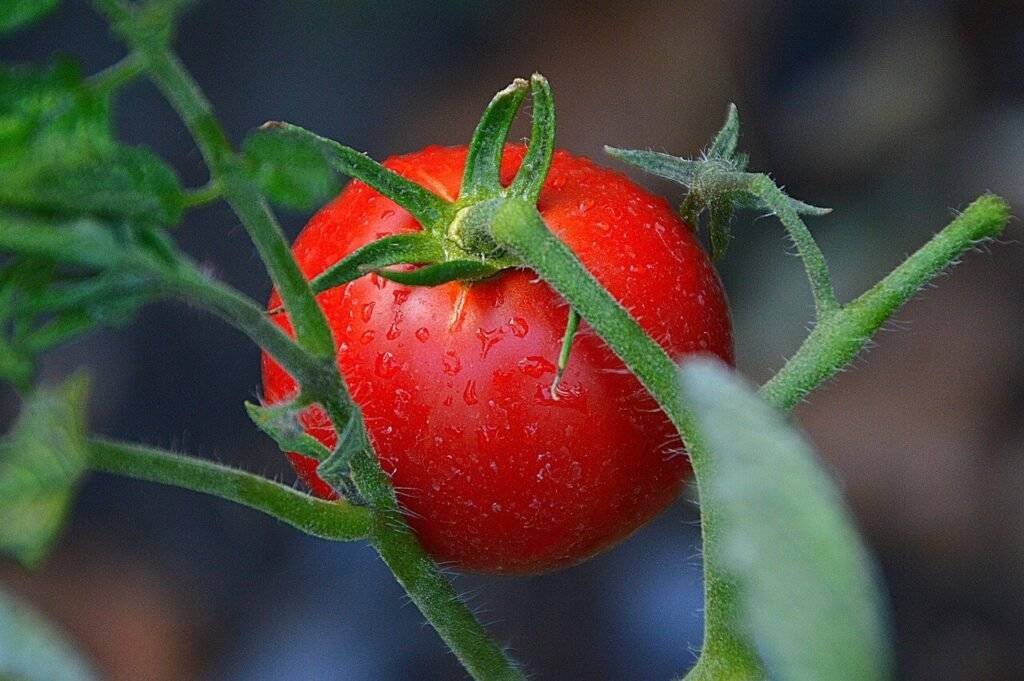

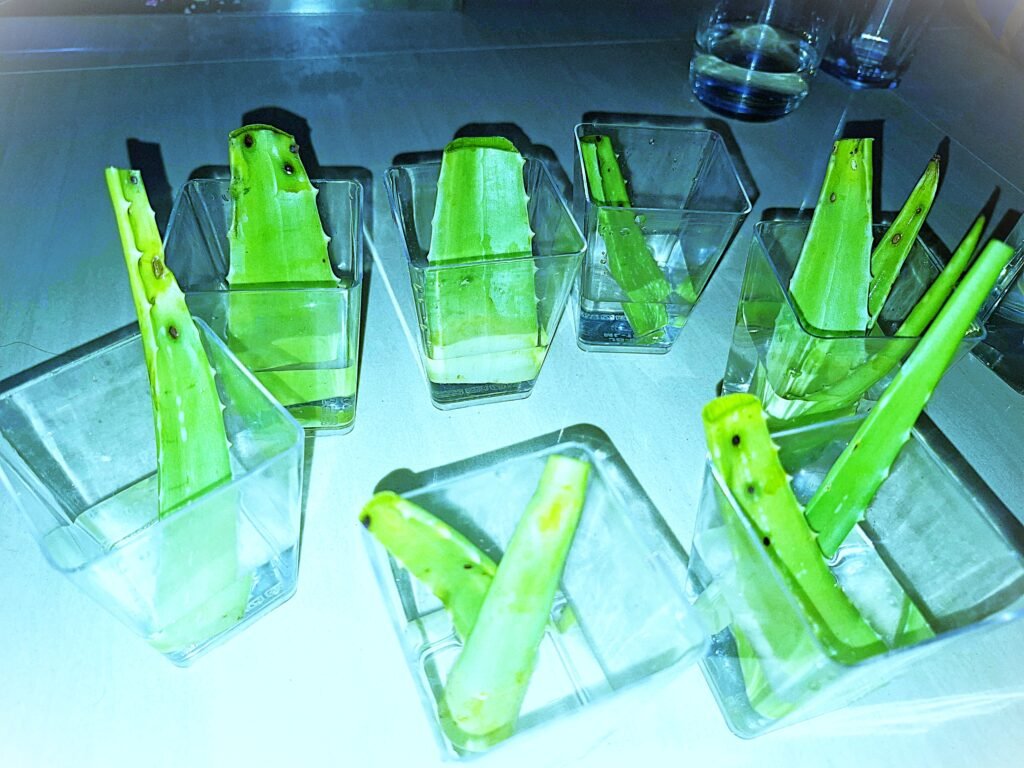

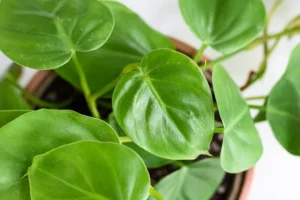

Leave a Comment